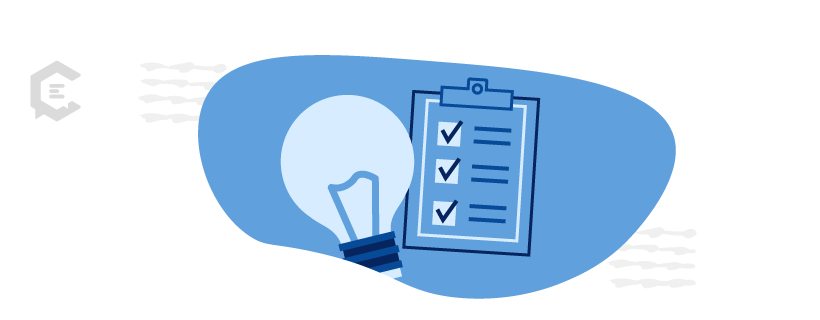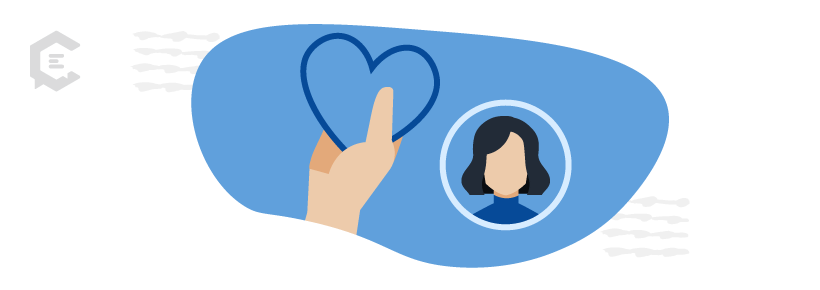The term growth hacking sounds kind of like a get-rich-quick scheme promising fast results with little effort. It does not build a good foundation for your business.
Even if you were to experience the rare rapid growth that you hear about, you may be left with no real system in place and not know where the results came from and what is working and what is not.
Growth hacking is often fast experimentation without tracking and without a real plan.
Change is good. Experimentation and trying new things are good. We need to adapt. But there is a better way to grow businesses. There is a lot of “hacking” going on online. You can hack your coffee and hack your morning routines. You can hack your health and hack your life. Everyone loves a shortcut. And it is no different in marketing. But what businesses need is success in the long run.
What’s a better plan than growth hacking?
If you truly want to be successful long-term, you need a customized, adaptable long-term strategy.
Strategy. There is a word. Hacking makes marketing and business sound much easier than it is. When you hear the word “strategy” you know there is going to be some serious work involved. And in reality, there will be.
Business takes work. It takes a plan. And often a great team. Another word… dedication.
Being in for the long term requires grit and determination. It means you are dedicated to whatever you are selling, and you are dedicated to the people you are selling to. Essentially it means you care. And isn’t that a better way to do business?
So you’re going for it. You are in it for the long term, ready to serve your audience.
Here are some things to start with:
- Reach the right audience rather than trying to reach everyone
- Consistently share and hone your message
- Listen to your customers to improve products and services
- Focus on two to three marketing channels and grow those
- Build a sustainable and flexible plan to use as your team grows
Let’s explore each one of these to gain long-term wins.
Reach the right audience
Maybe you have heard that when you try to reach everyone, you reach no one. There is some truth to that. Getting to know the audience that you can serve best builds a brand community of loyal fans and customers like nothing else can. Relationships that last. A company that lasts.
Customers like to buy from companies and brands that share the same values, ones that they can commit to. Ones that present quality of quantity and care about how they serve. There are so many opportunities with digital marketing, but how do you know you are landing your efforts with the right audience?
One of the best ways is to ask.
You can interview current customers, check your social media stats for engagement, and see if your followers match the personas you have created. You can then adjust your personas as needed. Remember, you can create a persona to represent your audience but do not forget that there are real people behind those avatars.
Use data for your persona research but go deeper than the demographics. What keeps your ideal customer up at night? What do they long for, hope for? What would they do and have if they could do and have anything?
Get into the emotional side. That is what drives us. Speak their language but don’t take a growth hacking mindset — take your time and do it right.
Consistently share and hone your message
We love the way industry expert, speaker, and author Adam Robinson, who is also not a fan of the term “growth hacking,” puts it about long-term success.
“In my experience, the approach with the highest likelihood of success is to grab the mantle of thought leadership and establish your company as the premier authority on the problem that you solve.”
Thought leadership could also be considered a buzzword that has been overdone, but the sentiment is there. A true leader is someone ready to step up and show the way by doing the work. To be a thought leader, you have to know what the message is that you have to share.
How are you a resource in your industry? What problem do you solve?
Then, speaking the language of your audience, figure out how you can turn that message into an engaging conversation and share it consistently. The consistency part can be hard. Business owners and teams are busy. But the more you show up for the right audience, the more they will show up for you.
Think about how you can educate and inspire your audience with what you do and what you know in an engaging and captivating way.
Knowing your audience is great, but you have to know yourself too and your company. You need clarity. You need to get to the heart of what you do as a company and way. This will be what resonates and helps others believe in you.
Listen to your customers
We have talked about interviewing your audience to find out if you are reaching the right people. You can also listen to your customers to evaluate how your products and services are being used and what can be improved.
Customers are more active and have much higher expectations than they used to due to greater opportunities, thanks to our online world.
This takes humility. But that is just what builds loyalty.
When your customers know you care enough to take feedback and make improvements, then you are in. You do not have to incorporate every single suggestion but consider all. Especially if there are similar comments that come up again and again. Listening is a critical step in building a community of loyal customers and in making the sale.
When companies and start-ups are looking for quick wins, like in the field of growth hacking, there is no time for relationship building. But if you are looking for a long-term strategy, it is essential.
Be prepared to listen and give before you sell.
Focus on two to three marketing channels
There are so many ways to market online and so many channels, with new ones popping up monthly, if not weekly. Try to do it all, and you and your team will be spread too thin and perfect nothing.
Forget growth hacking. Focus on two to three marketing channels so you can go deeper with your audience. You will discover what works best and connects you better. It also allows you to do more experimentation in a controlled and strategic way.
You can create a formula that allows you to multipurpose content.
You could focus on blog posts and email, for example, if your content works well in written form. Make the emails unique from the blog post but related, and have them refer back to the blog to drive more visits.
You could create a podcast that is also published on YouTube as a video, if video and audio work better for your audience. If your industry is very visual, then Pinterest and Instagram could be the best choices.
Pick what works better for you and your audience, and then really focus on learning the platform and how it is used, and how to get the most engagement.
Once you have a couple of platforms down, you can try adding a new one if you find your audience is hanging out there or to reach new markets.
Also, always be on the lookout for unique angles and areas that are not being used for marketing that have less competition that you could take advantage of. This is one of the advantages of jumping on newer platforms when they are launched. Once you have a couple of platforms perfected and a real plan, then you have more freedom to try new things.
This brings us to the last key action…
Build a sustainable and flexible plan
One of the problems that can happen with growth hacking when it works (and the growth is really fast) is there are often no real plans in place to sustain the growth and the company. A little bit slower growth allows you to tweak and build and create systems along the way.
This means you are organized and can delegate as your team grows. You also have a great idea of what is working and how you can improve. Your strategy can still be flexible. Laying the right foundation gives you something to build from, and then you can make changes as needed along the way. Always brainstorm and never stop learning.
Strategy and structure can make it easier to be flexible because you know testing and adjusting some things will not derail your whole business. Keep honing your message as needed, test platforms, and adapt your content marketing plan throughout the year and as changes happen within the company. Also as your audience changes and grows.
Build a plan and strategy that is sustainable over time, and then you can increase and develop as your team expands. Think about your most popular channel and what you would do if it no longer existed. What other avenues would you or could you pursue? Always be brainstorming a plan because, as mentioned, the digital world changes fast.
Know the goals you have for your message and content and how you can serve and help your audience reach those goals to create a win-win for everyone. This is the best and most sustainable kind of “growth hacking” marketing plan.
Get a content plan that helps build sustainable growth and exposure for your business by talking to a content specialist at ClearVoice today.





